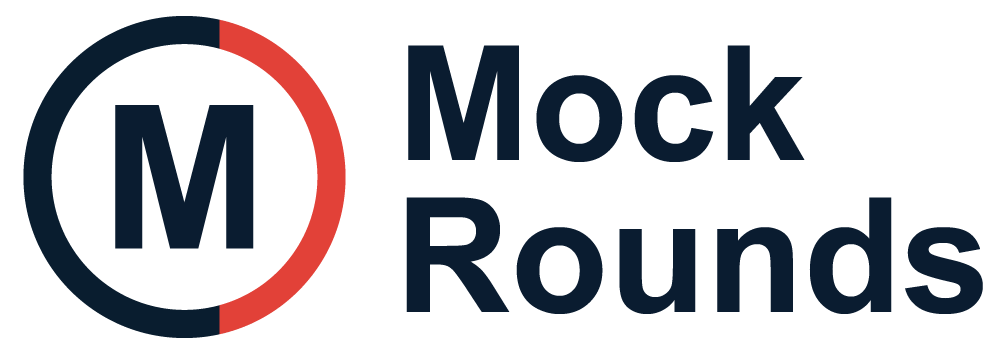| 1 |
Learn AI basics and setup tools |
To build a good foundation for AI engineering |
Watch intro videos (Intro to AI tutorials), Install Python and Jupyter Notebook, Practice Python basics (data types, loops), Read about AI examples (image classification), Solve simple math problems (mean, matrix multiply) |
Notebook with AI concept notes, Math exercises completed |
| 2 |
Dive into machine learning |
To understand and use machine learning tools |
Explore basic ML terms (accuracy, loss, model), Load toy datasets (sklearn Iris, digits), Train simple models (decision tree, logistic regression), Visualize predictions (matplotlib), Summarize what you learned in a notebook |
Trained model on real dataset, Notebook with results and charts |
| 3 |
Work with real data and try more models |
To practice on varied data and learn more models |
Find another dataset (Kaggle small dataset), Clean and prepare data (check missing values), Try a new model (random forest or k-NN), Log results for each experiment, Summarize pros/cons of each model |
Notebook comparing model results, Short experiment report |
| 4 |
Plan and start your showcase project |
To begin building your public AI demo |
Pick a simple use case (e.g., emoji predictor), Design app mockup (sketch screens), Train a small model for the use case, Set up code project (init git, create folders), Write project goals in README |
App design sketch, Project repo with README and folders |
| 5 |
Build the web app frontend and model link |
To connect model with a web interface |
Set up web app base (Flask or Streamlit quickstart), Build form for user input (Flask WTForms or Streamlit widgets), Write route to call model on input (predict function), Test local app with sample data |
Working frontend with input form, Local app demo |
| 6 |
Add features and tests |
To make the app useful and trusted |
Add results display (output page), Write app and function tests (pytest), Create chart to show result history, Improve app layout (basic HTML/CSS or Streamlit UI) |
Test cases with pytest, App with clear result display |
| 7 |
Deploy and document the app |
To share your work with others easily |
Choose deployment service (Heroku, Streamlit Cloud), Deploy app to the service, Write setup, usage, and test instructions (README), Set up continuous integration (CI badge if possible) |
Live app link, Project README with clear steps |
| 8 |
Polish and share your project |
To present a finished, portfolio-worthy project |
Record demo walkthrough (screen recording), Review and edit all docs/screenshots, Ask a friend for user feedback and fix issues, Share project on portfolio or networking site |
Demo video and final code uploaded, Project link shared |
